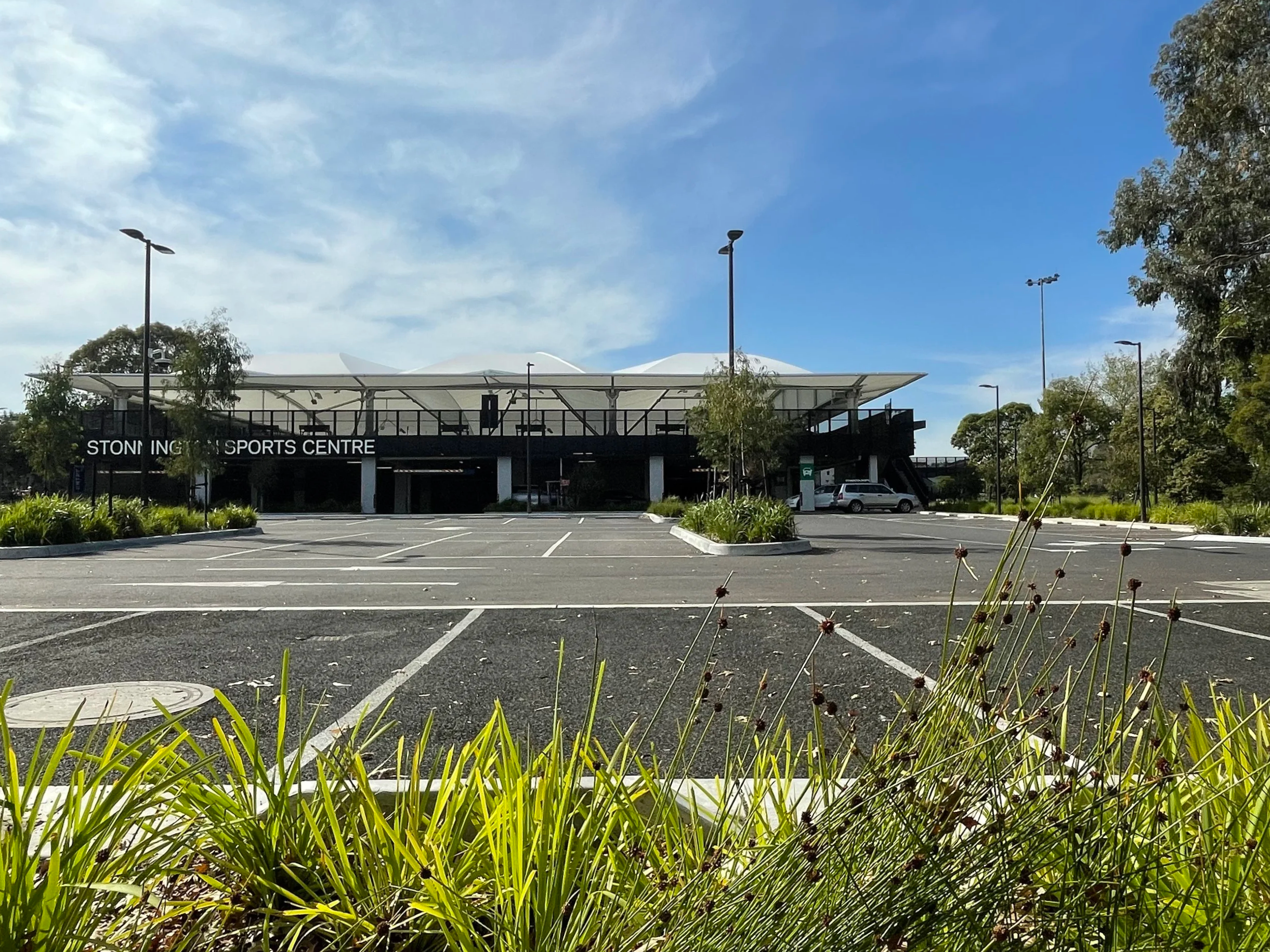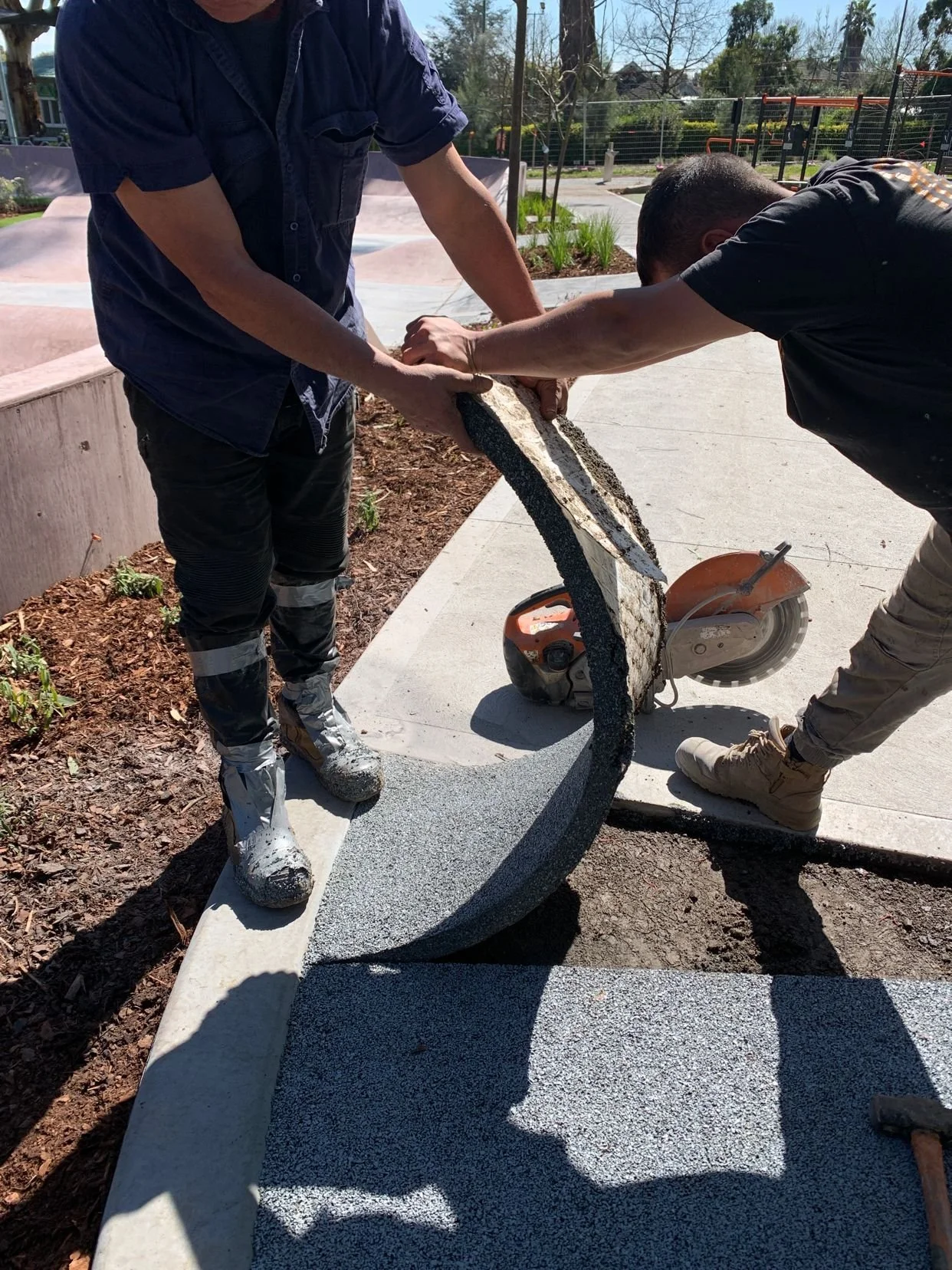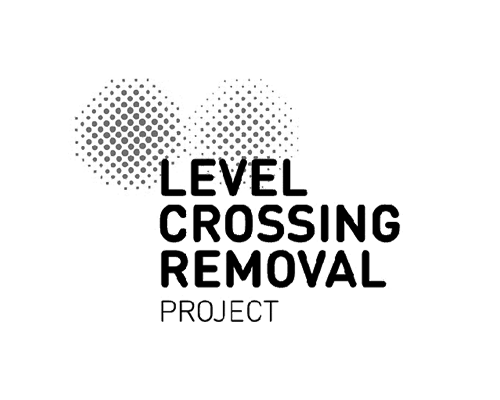
The new standard for permeable pavement
-

Waste & Recycling Solutions Award: Premier’s Sustainability Awards 2023
-

2025 Excellence in Engineering Award: Permeable Car Park.
-

Innovation Award: 2025 Water New Zealand Stormwater Conference
-

The Australian Financial Review's Sustainability Leaders 2025
-

Finalists in Built Environment and Infrastructure: 2025 Banksia Sustainability Awards
-

Integrated Stormwater Management
-

Passive Irrigation & Urban Tree Health
-

Trafficable & Resiliant
-

Certified Circular Economy
-

25 Year Design Life
Porous Lane Permeable Pavement
Permeable pavement reduces and treats run-off
Flexible material provides minimises damage from tree root movement
Increases site permeability
Requires less excavation than traditional materials
High performance alternative to no-fines concrete and porous asphalt
Mitigates localised and downstream flooding
Can avoid the need for expensive stormwater upgrades
Reduces urban heat island effects
Can be used for on-site detention
Industry-leading system for tree-surrounds
Decreases risk of downstream erosion
Replenishes groundwater tables
Permeable pavement produced from up to 60% Australian recycled tyre material
8-10x more permeable than the industry benchmark.
High-performance permeable kerb and channel system capable of infiltrating 80%* of stormwater volume.
*based on a University of Melbourne study undertaken at C.B. Smith Reserve, Fawkner, VIC
Semi-flexible and highly resistant to cracking from tree root movement.
Produced from up to 60% locally-sourced tyres.
Over 20,000 tyres diverted from landfill to date.
Download our Brochure
In our brochure you will find more information on the benefits, the different applications, and project examples.
The brochure will appear on screen after entering your details.
Frequently Asked Questions
-
Porous Lane can be used for any of the following applications:
Access Lanes
Schools
Terraces
Roof Gardens
Paved areas where a permeability requirement or reduction in runoff is desired
Porous Lane is not suitable for use in roads.
-
Porous Lane can provide multifaceted benefits to projects including:
increased site permeability
significantly reducing runoff
flood mitigation
reducing urban heat island effects
treating stormwater
lower carbon footprint than concrete or asphalt
less excavation requirements for pavements near tress/TPZs
highly resistant to cracking around tree root movement
-
Porous Lane is a unique engineered material that is the outcome of several years of research and testing at the University of Melbourne.
The result is a durable high-performance material that:
is 8-10x more permeable than the ASCE guideline
has a higher compressive strength than asphalt
is semi-flexible and highly resistant to cracking
Porous Lane is also made of 40-60% recycled tyre material, contributing to the circular economy.
-
Porous Lane's design life is comparable to asphalt: 20-25 years.
-
Porous Lane is made from a combination of recycled tyre aggregate, bluestone and our proprietary engineered polyurethane binder.
-
Porous Lane sources recycled tyre aggregate from Tyre Stewardship Australia accredited processing facilities. The chemistry of the tyre aggregate is controlled to ensure the same performance across all Porous Lane installations.
In the interests of making the material as sustainable as possible, tyre aggregate is sourced from the closest facility to all installations.
-
Yes, Porous Lane can provide input into design in order to help achieve the most cost-effective outcome.
-
Porous Lane is mixed on site and installed by hand. It is a cold mix, unlike asphalt.
It takes approx. 8-12 hours to fully cure and is typically usable the day after installation.
-
Porous Lane can interface with asphalt or concrete in several ways.
It can abut directly against concrete or asphalt, using a sealing binder if required.
A concrete beam can be used if desired
A membrane or sealing binder can be used to ensure water doesn't flow underneath existing asphalt (typically in a car park setting).
-
Porous Lane can contribute to sustainability in many ways.
It is made from 40-60% recycled tyre particles, contributing to the circular economy and creating demand for a problematic waste stream
It can reduce runoff, mimicking natural infiltration and restoring water to the ground table
It can treat stormwater and reduce pollutants in waterways
It can contribute to faster establishment of urban canopy through passive irrigation
It can reduce urban heat island effects
It has a lower carbon footprint than concrete or asphalt
It can result in longer lasting assets near established trees
It can reduce the depth of excavation required, retaining soils
-
Porous Lane's costs vary depending on the application and corresponding thickness. As a high-performance circular economy material, Porous Lane's up-front costs are typically more than asphalt or concrete.
When whole of life aspects are considered alongside performance benefits, Porous Lane is a highly cost effective material.
When compared with other, less well performing permeable surfaces, Porous Lane is a cost-effective option.
-
All permeable pavements are vulnerable to clogging if not maintained. The lower the permeability, the more quickly materials will clog.
Porous Lane has an advantage due to its very high permeability - it will remain above ASCE permeability guideline for at least five years, and can be easily maintained.
-
Porous Lane requires street sweeping once every 6-12 months to maintain optimum permeability,
Permeability can also be maintained by pressure washing or vacuum sweepers.
Click here to download the maintenance guidelines. or Porous Lane.
-
Yes. Porous Lane can be patched with fresh mixture.
If the damage is significant or access is required for utilities, it can be cut using a diamond saw and patched with fresh mix.
-
Porous Lane can provide benefits under the following systems
Infrastructure Sustainability Council
GreenStar
BESS
Council Planning/DA Requirements
Please click on the links above to read more.
-
Porous Lane improves stormwater quality by filtering pollutants and trapping particles in the pavement.
One study indicate that Porous Lane removed nitrate as nitrogen by 95%, total suspended solids by 66% and heavy metals (up to 89%).
-
Leachates from Porous Lane have been studied according to EPA guidelines, with tested leachates either not detected or well below EPA levels.
This is due to the tyre particles being inert as they are encased in binder during he mixing process.
-
A Porous Lane node can be set up in MUSIC.
Please reach out to us at sales@porouslane.com.au to receive a copy of the instructions on how to do so.
-
Once infiltrated through the permeable layer, the intent of the design guides what happens to the water in the system.
Depending on the desired outcomes water can:
Be directed into an adjacent tree pit or parkland
Be directed into water tanks.
Exfiltrate into the subgrade (depending on the type of subgrade eg. this is not possible with clay)
Be redirected back into the stormwater system
-
While there is currently no facility that can recycle Porous Lane, we have established in small quantities that it can be recycled back into Porous Lane mix.
Selected Clients & Partners
Ready to Make a Difference?
Reach out to the team at Porous Lane for a free consultation. Discover the environmental and cost-saving benefits of incorporating this research-backed permeable pavement into your next project.






























